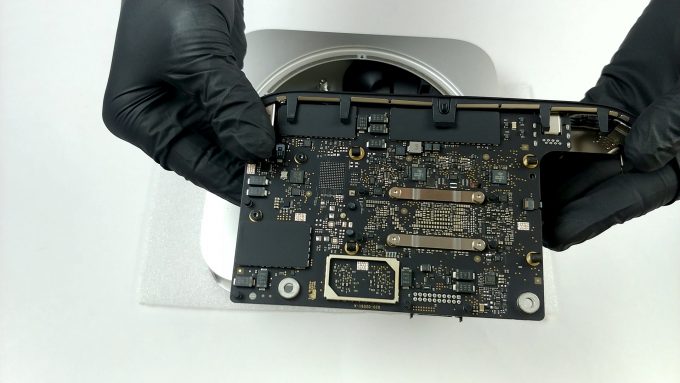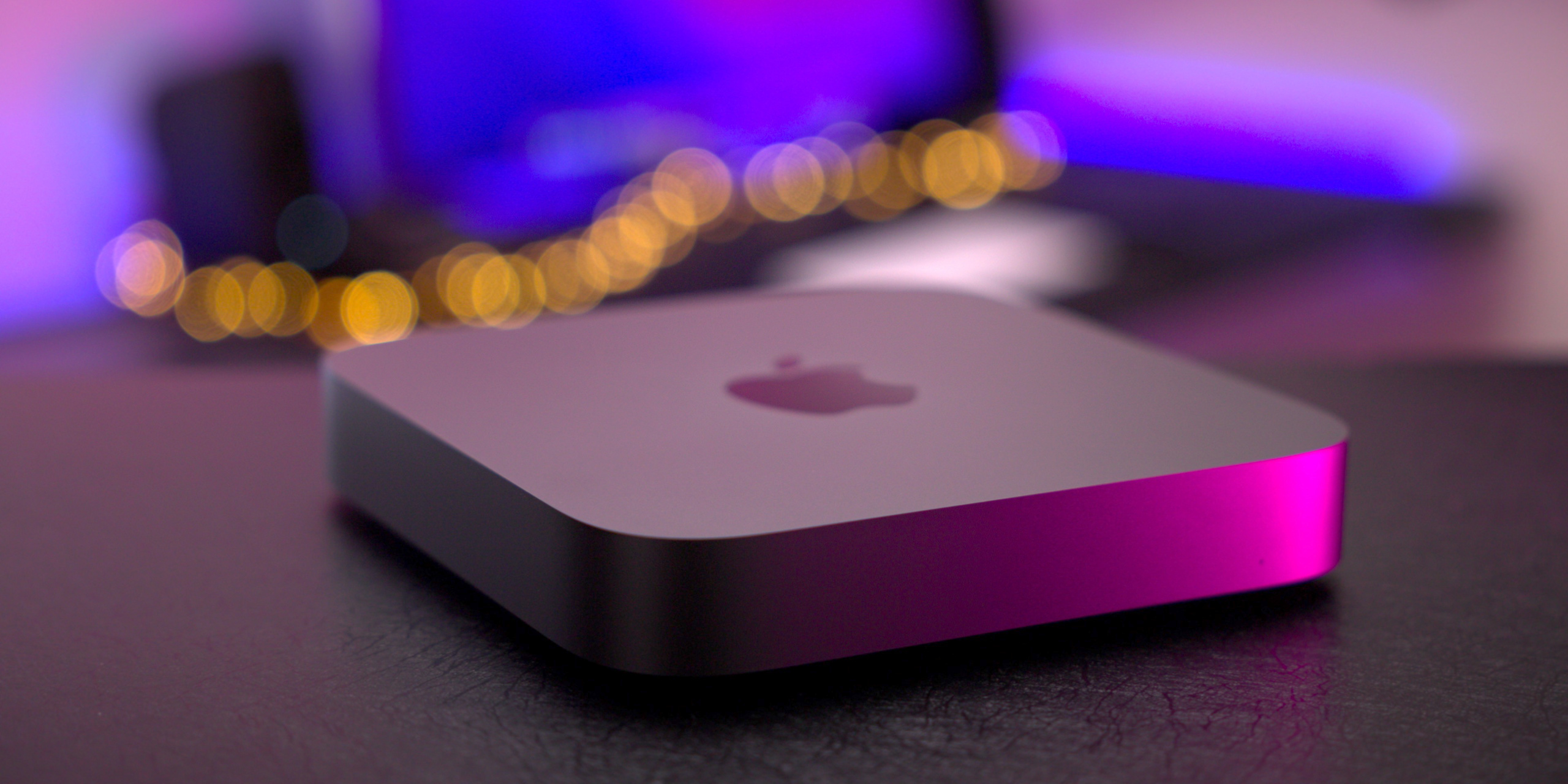

It can be a little laggy at times, but it does make everything work. Apple’s M1 hardware provides a compelling reason to develop apps that run natively on Apple silicon, but for those that don’t, Apple also has Rosetta 2, an emulation layer that lets the new Macs run software that was designed for older Intel x86 systems. Most of the software and apps you know from Windows are available on Mac, though some will look a bit different. (We’ve got a list of the 10 Coolest Things in macOS Monterey that gives you a nice sampling of some of the latest new features.) Everything just works, from the standard productivity apps to cool features like Universal Control, which lets you pair your Mac with an iPad or iPhone, and use them like a second extended display, complete with cursor control and the ability to share files between devices. And if there’s a better example of tightly integrated software and hardware, I don’t know what it is. Our own Ed Mendelson noted in his review (linked above) that the OS is both stable and secure, and praised the “elegance, coherence, and ease of use” that easily exceeds Windows 11. As with any other Mac, it comes with both good and bad.

The Mac Studio comes with the latest version of Apple’s computer operating system, Mac OS Monterey. The peripherals and accessories that turn the Mac Studio into a full-fledged desktop are the same on the M1 Ultra Mac Studio as they are on the M1 Max variant. It also boasts some impressive sound, with a six-speaker array that can handle Dolby Atmos and other spatial audio formats. One other thing that doesn't change between the two models: The cooling system is whisper quiet, even under the most demanding software load.ĭebuting with the Mac Studio is Apple’s Studio Display, a monitor with a 5K Retina display and Thunderbolt connectivity, along with an A13 Bionic processor that supports the built-in 12-megapixel webcam and features like Center Stage and Apple's True Tone color adjustment technology. Aside from the weight, however, it’s the same design, from the vents to the dual blower fans. Instead of the aluminum cooling block and vapor chamber used in the lesser models, the M1 Ultra needs more efficient cooling, so it uses copper, which is denser and heavier. It’s not the larger processor that contributes to the weight, but the cooling system. Where the M1 Max-equipped base model weighs 5.9 pounds, the M1 Ultra configurations weigh 7.9 pounds-a full 2 pounds heavier. The other difference is one you’ll never see, but you’ll feel it if you try picking up the Mac Studio. How to Set Up Two-Factor Authentication.How to Record the Screen on Your Windows PC or Mac.How to Convert YouTube Videos to MP3 Files.

How to Save Money on Your Cell Phone Bill.How to Free Up Space on Your iPhone or iPad.How to Block Robotexts and Spam Messages.


 0 kommentar(er)
0 kommentar(er)
